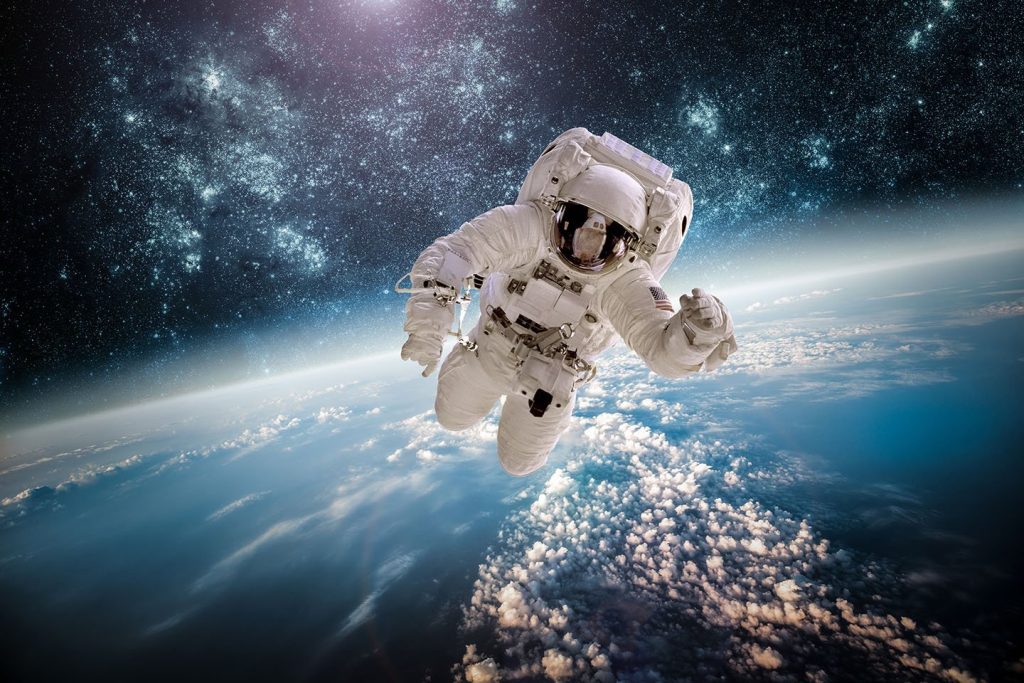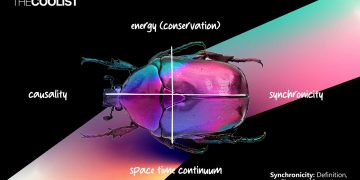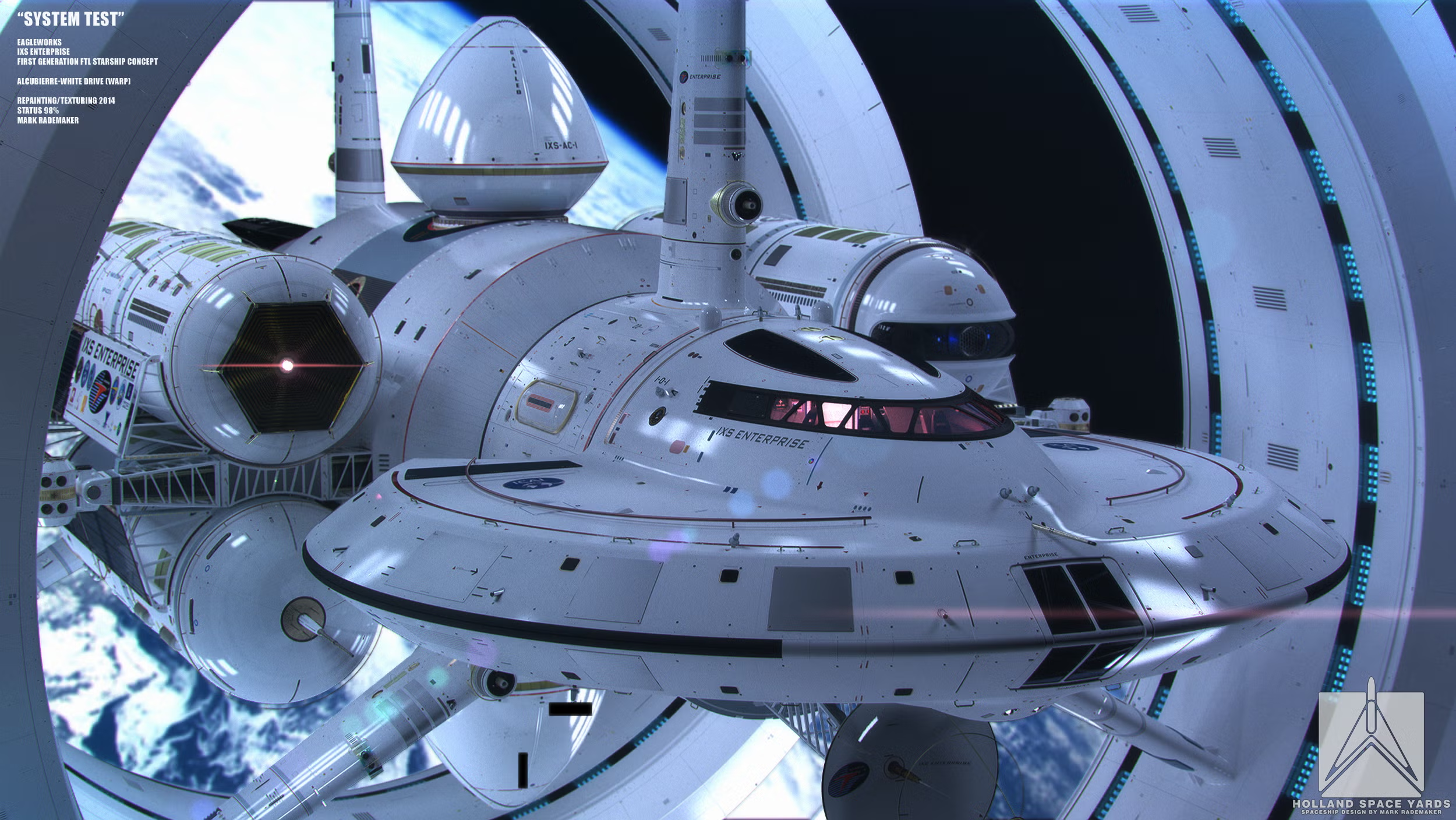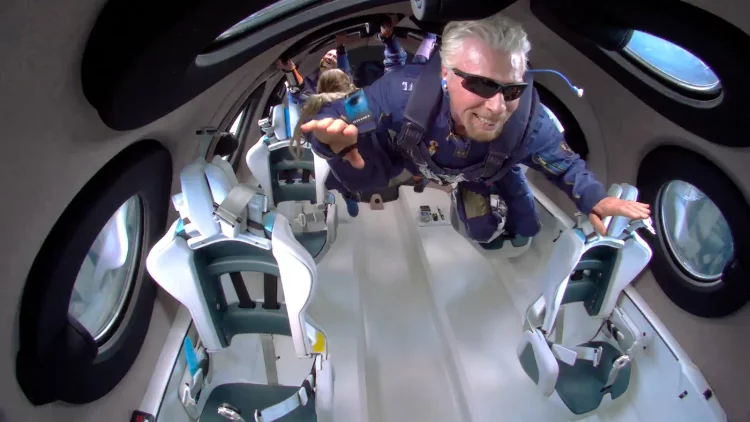Introduction
Space tourism is no longer a concept confined to the realm of science fiction. Over the past few decades, the prospect of traveling to space has shifted from an elite privilege to a potential reality for private citizens. The idea of booking a seat on a spacecraft to experience the awe-inspiring view of Earth from orbit has gained significant momentum, with several private companies leading the charge. The rise of space tourism has opened up a new frontier in the travel industry, sparking public interest and inspiring future possibilities. However, one critical question remains: Can space tourism become affordable for the average person in the near future? While space travel has traditionally been a venture limited to astronauts and government-funded missions, technological advances and the efforts of private companies have the potential to drastically reduce costs and make space tourism more accessible. This article explores the current state of space tourism, its potential future, and the key factors that will determine its affordability.
Cost of Space Travel
Ticket Prices: A Breakdown of Current Costs for Space Tourism and the Potential for Reduction with Increased Demand
Currently, space tourism is undeniably expensive. The cost of a single ticket on a suborbital spaceflight can range anywhere from $200,000 to $550,000, depending on the company and the mission’s specifics. For example, Virgin Galactic’s SpaceShipTwo, which offers suborbital flights, has ticket prices starting at approximately $250,000. Blue Origin’s New Shepard spacecraft also offers suborbital spaceflights, and tickets for these trips have reportedly been sold for similar amounts, though the exact pricing has been less transparent. Meanwhile, SpaceX’s commercial missions, which are planned to take tourists into low Earth orbit (LEO) or beyond, could cost tens of millions of dollars per seat.
These hefty prices are currently prohibitive for the average person, and they place space tourism firmly in the category of the ultra-wealthy. However, the question remains whether these costs can be reduced over time. In the early days of commercial aviation, ticket prices were similarly astronomical. As the technology improved, competition increased, and demand grew, air travel gradually became accessible to a broader population. A similar trend could unfold in the space tourism industry, particularly as more companies enter the market and technological advancements help to reduce costs.
The key to reducing the price of space tourism lies in increasing the frequency of spaceflights and establishing a consistent commercial market. As demand for space tourism grows, companies may be able to achieve economies of scale, spreading the costs of development and operations over a larger number of flights. Additionally, as more people participate in space tourism, ticket prices could potentially drop to levels that are more accessible to a wider audience. Some experts speculate that in the coming decades, the price of a suborbital flight could fall to as little as $50,000 to $100,000 per ticket, making space tourism a more viable option for the average consumer.
Commercial Space Companies: SpaceX, Virgin Galactic, and Blue Origin’s Efforts to Lower Costs through Reusable Rockets and Other Cost-Saving Measures
The affordability of space tourism is largely dependent on the efforts of private space companies, which are actively working to make space travel more economical. The most notable players in this space include SpaceX, Virgin Galactic, and Blue Origin. These companies are employing a range of strategies to lower the cost of space travel, with a particular emphasis on reusability and innovation in spacecraft design.
SpaceX, led by Elon Musk, is one of the most ambitious companies in the space tourism industry. SpaceX’s goal is not just to send tourists to space but to reduce the overall cost of space travel through the development of reusable rockets and spacecraft. SpaceX’s Falcon 9 rocket, which has already achieved significant success in launching payloads to space, is designed to be reusable. The company has made tremendous strides in landing and reusing the first stage of the Falcon 9, significantly reducing the cost per launch. This reusability has the potential to dramatically lower the cost of space tourism by reducing the cost of rocket manufacturing and launch operations.
Furthermore, SpaceX’s Starship spacecraft, which is currently under development, aims to be a fully reusable vehicle capable of carrying both astronauts and tourists to space. Starship’s ability to be reused multiple times could dramatically drive down the cost of space tourism, with Musk suggesting that ticket prices could eventually drop to the $1 million range per seat, and possibly even lower as the technology matures.
Virgin Galactic and Blue Origin are also investing heavily in reusable technology. Virgin Galactic’s SpaceShipTwo is a suborbital spaceplane that uses a hybrid rocket engine and is designed to be flown multiple times. Similarly, Blue Origin’s New Shepard spacecraft is designed to be reusable, with the rocket booster landing vertically after each flight, ready for reuse on future missions. The key to reducing costs with these vehicles is their ability to launch, land, and be refurbished for subsequent flights, thus avoiding the high cost of building new rockets for every mission.
By focusing on reusability, these companies hope to make space tourism more affordable and bring the price of a ticket down to a level where it can be accessible to a much broader range of customers. The challenge, however, lies in perfecting the technology and achieving a high level of reliability so that customers feel confident in their safety when purchasing a ticket.
Technological Advances to Lower Costs
Reusability: The Role of Reusable Rockets and Spacecraft in Reducing the Cost of Space Travel
The concept of reusability is central to lowering the cost of space tourism. In the past, every rocket launch required the construction of entirely new components, making space travel prohibitively expensive. However, the development of reusable rockets and spacecraft has the potential to change this paradigm.
SpaceX’s Falcon 9, as mentioned earlier, has revolutionized the concept of reusability. The first stage of the Falcon 9 rocket is capable of landing vertically after a launch, allowing it to be refurbished and reused for future missions. This technology has already proven successful with numerous landings and re-flights, and it has dramatically lowered the cost of launching satellites and other payloads into space.
Blue Origin’s New Shepard and Virgin Galactic’s SpaceShipTwo are also making strides in reusability. These companies are focusing on reducing the need for new hardware by creating vehicles that can be flown multiple times, reducing operational costs and increasing the frequency of flights. For space tourism to become affordable, companies will need to achieve a similar level of reusability in their spacecraft, which would allow them to lower the overall cost per passenger.
In the long term, the success of fully reusable spacecraft, such as SpaceX’s Starship, could allow for significant reductions in the cost of space travel, bringing the dream of affordable space tourism closer to reality.

Spacecraft Development: How Innovations in Spacecraft Design Can Lead to More Cost-Effective Missions
In addition to reusability, innovations in spacecraft design are also contributing to the potential for lower space tourism costs. Advances in materials science, propulsion systems, and spacecraft efficiency can help make space travel more affordable.
For example, spacecraft that are lighter and more fuel-efficient can reduce the overall cost of each mission. In addition, more efficient propulsion systems could reduce fuel consumption and cut costs, enabling spacecraft to travel further and faster with less expenditure. Furthermore, innovations in spacecraft design can lead to more streamlined manufacturing processes, reducing the cost of building spacecraft.
The design of spacecraft interiors will also play a role in lowering costs. For instance, by optimizing the layout and minimizing unnecessary features, space tourism companies can make their vehicles more affordable to produce and operate. This could result in lower ticket prices for customers while still providing a safe and comfortable experience.
Challenges
Safety: Ensuring Space Tourism Is Safe for Regular People, with Considerations for Both Health and Spacecraft Integrity
As with any form of travel, safety is paramount in the space tourism industry. Space travel involves inherent risks, and ensuring the safety of regular citizens who are not trained astronauts presents significant challenges. The spacecraft used for space tourism must be designed to withstand the stresses of launch, re-entry, and microgravity environments, while also providing a safe and comfortable experience for tourists.
To address these concerns, companies must invest in extensive testing, safety protocols, and emergency procedures. The health of space tourists is another critical consideration, as space travel can have effects on the body, such as muscle and bone loss, fluid shifts, and exposure to radiation. It will be necessary for space tourism providers to offer medical screenings and ensure that passengers are fit for the journey. Additionally, the development of spacecraft with redundant systems and safety measures will be essential in maintaining public confidence in space tourism.
Environmental Impact: Addressing Concerns About the Ecological Footprint of Rocket Launches
The environmental impact of rocket launches is another area of concern in the space tourism industry. Traditional rocket propulsion systems rely on highly polluting fuels that produce significant greenhouse gas emissions and contribute to atmospheric pollution. As space tourism becomes more widespread, the environmental impact of rocket launches could become a serious issue.
To mitigate these concerns, companies are investing in more sustainable rocket technologies. For example, Blue Origin and SpaceX are developing rockets that use less harmful propellants, while companies like Rocket Lab are working on smaller, more efficient rockets that could reduce emissions. Additionally, there is growing interest in developing space propulsion systems that use green or eco-friendly fuels, which would significantly reduce the carbon footprint of space missions.
Conclusion
While space tourism remains expensive today, the prospects for making it more affordable in the near future are promising. Technological advancements in spacecraft design, reusability, and propulsion systems are paving the way for a more cost-effective space tourism industry. Companies like SpaceX, Virgin Galactic, and Blue Origin are driving innovation, and as demand for space travel increases, economies of scale could further reduce the cost of a ticket.
In the coming decades, space tourism could become more accessible to a wider audience, with ticket prices potentially dropping to levels that are within reach of many middle-class consumers. However, ensuring safety, addressing environmental concerns, and perfecting the technology will be key to the industry’s success. While space tourism is still in its infancy, it holds the potential to open up new frontiers in travel and exploration, bringing humanity closer to the stars.
















































Discussion about this post